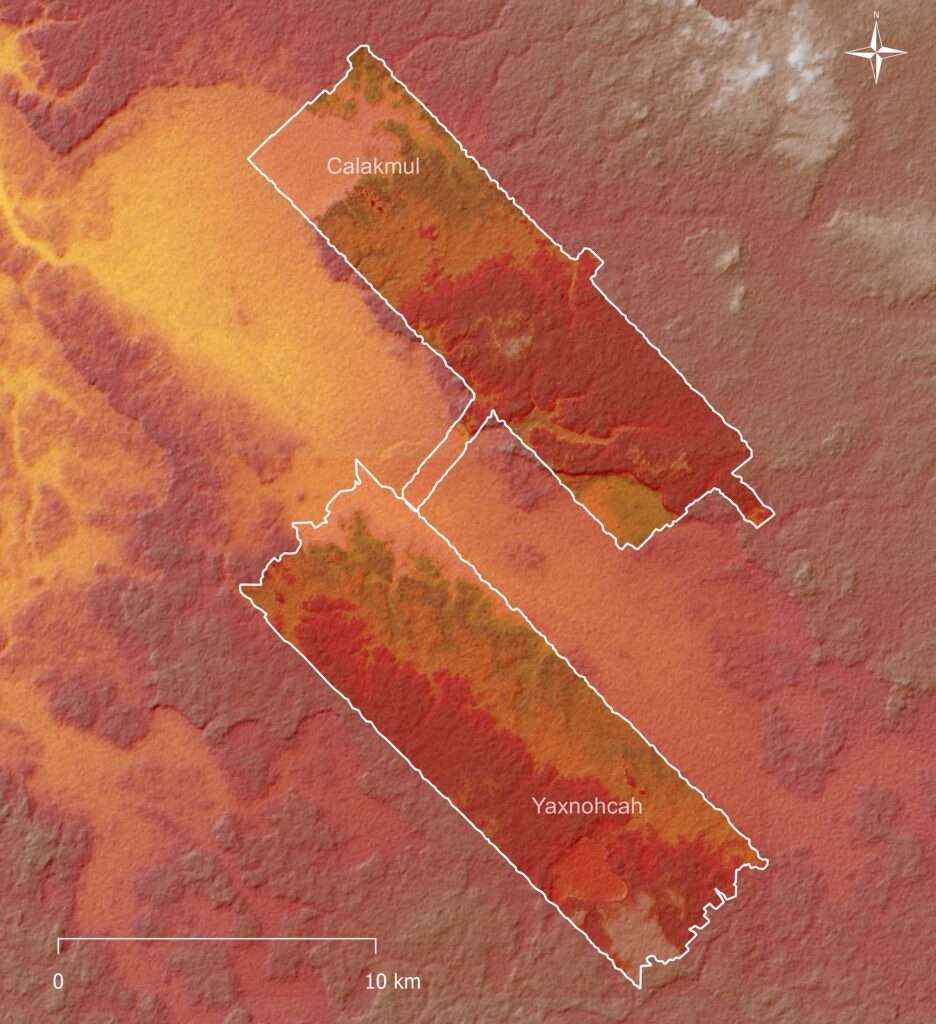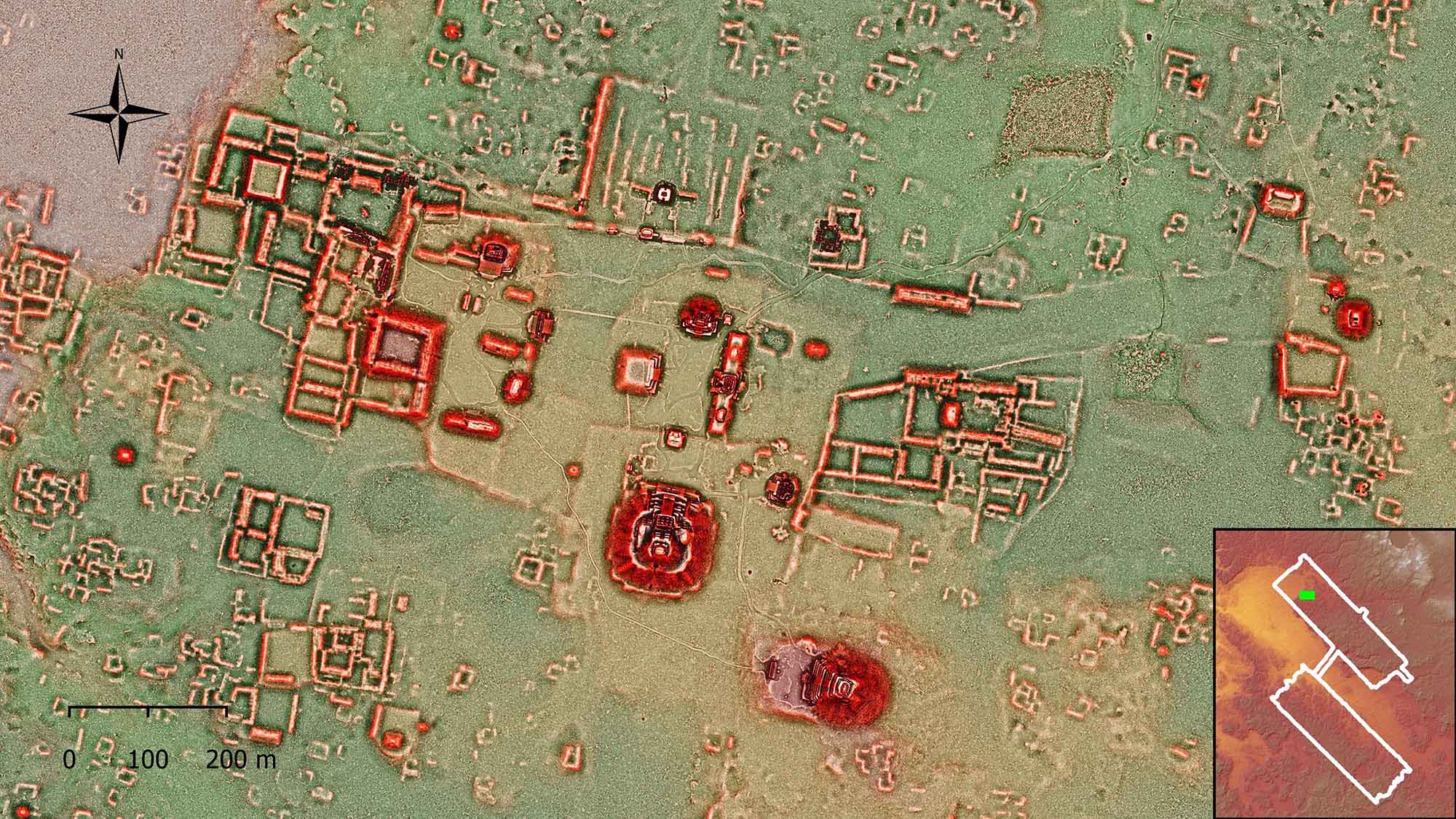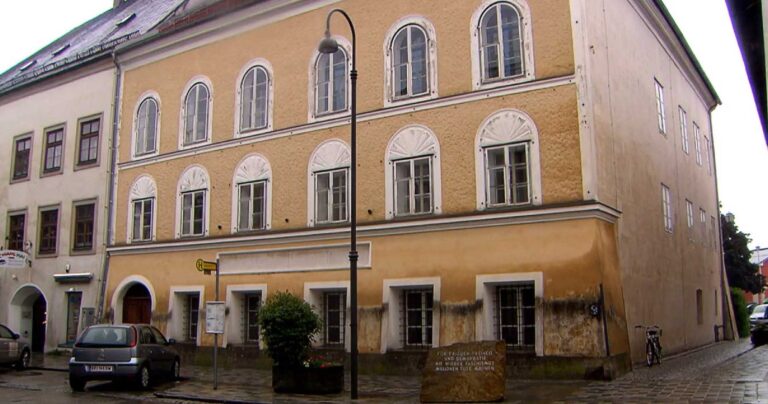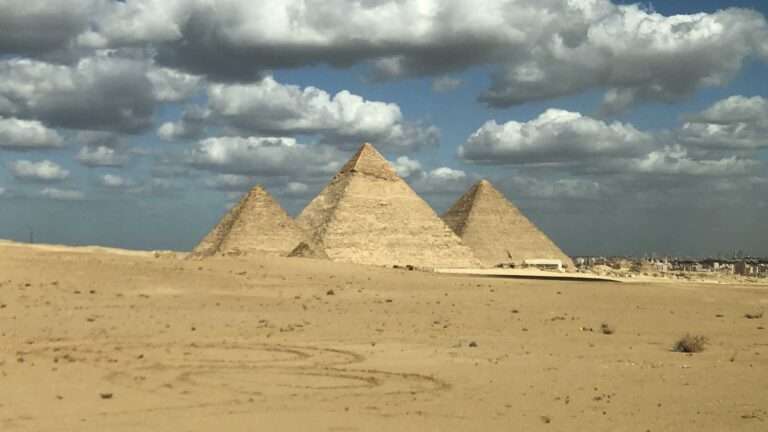Researchers have discovered a huge Mayan settlement hidden under a jungle in Mexico by using laser imaging.
The numerous temples, houses, terraces and canals were detected at the Calakmul archaeological site in the state of Campeche, in Mexico.
National Institute of Anthropology and History (INAH) researchers used LiDAR (laser imaging, detection, and ranging) technology for the purposes of the study.

The aerial mapping of more than 95 square kilometres (37 square miles) of the jungle’s canopy was carried out by the National Center for Airborne Laser Mapping (NCALM) in Houston, in the US state of Texas.
Experts from the Aerotecnologia Digital SA de CV, from the city of Pachuca, in the state of Hidalgo, Mexico were also included in the imaging procedures.
Calakmul, which is located deep in the jungles of the greater Peten Basin region was one of the largest and most powerful ancient cities ever uncovered in the Maya lowlands.
Dating back to 1,300 years ago, Calakmul is estimated to have had a population of 50,000 people and had governance, at times, over places as far away as 150 kilometres (93 miles).
The results, according to Dr Kathryn Reese-Taylor and archaeologists Adriana Velazquez Morlet, revealed the dense and complex urban sprawl beneath the canopies.
They revealed that over 60 individual structures were spotted within the underground complexes.
INAH stated: “These large residential complexes are grouped around numerous temples, sanctuaries and possible markets, an architectural density that places Calakmul as one of the largest cities in America, around 700 AD.”

According to the scientists, the study confirms 20th-century research that identified an enormous number of preserved structures on the site.
The study suggested that the urban settlement must have housed an abundant population in its prime.
The researchers stated: “The magnitude of the landscape modification may have equalled the scale of the urban population, since all the available land was covered with canals of water, terraces, walls and dams, to provide maximum food security and sufficient water for the inhabitants of the city.”
To find out more about the author, editor or agency that supplied this story – please click below.
Story By: Georgina Jadikovska, Sub-Editor: Marija Stojkoska, Agency: Newsflash
The Ananova page is created by and dedicated to professional, independent freelance journalists. It is a place for us to showcase our work. When our news is sold to our media partners, we will include the link here.




